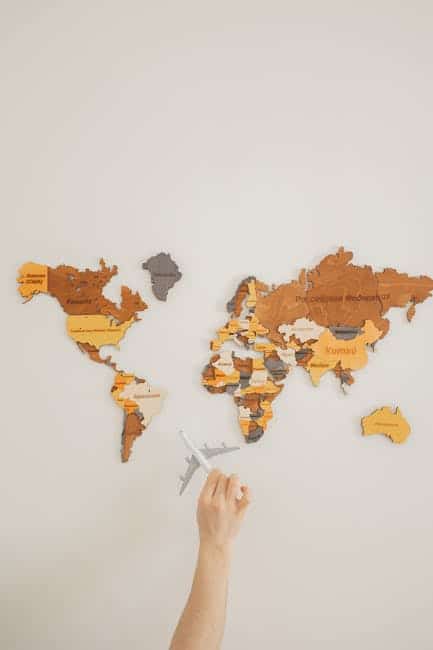The Role of Toys in Cultural Education
Toys are often seen as simple playthings, but they hold a much deeper significance in our lives. They are not just tools for entertainment; they are also powerful instruments for cultural education. In this blog post, we will explore how toys contribute to cultural learning, fostering an understanding of diverse traditions and values from a young age.
Table of Contents
1. Introduction
2. The Historical Significance of Toys
3. Toys as Cultural Ambassadors
4. Educational Benefits of Culturally-Inspired Toys
5. Modern Toys and Cultural Representation
6. Conclusion
7. FAQs
The Historical Significance of Toys
Toys have been around for centuries, serving as mirrors that reflect the values and practices of various cultures. From ancient Egyptian dolls made of wood and clay to intricate Chinese kites, toys have always been imbued with cultural significance. These early toys were not only crafted for amusement but also served as tools for imparting societal norms and traditions to younger generations.
Throughout history, toys have been used to teach children about their cultural heritage, social roles, and community values. This historical context highlights the enduring impact of toys on cultural education and their role in shaping societal identity.
Toys as Cultural Ambassadors
Culturally-inspired toys act as ambassadors, introducing children to the diverse world around them. By engaging with toys from different cultures, children learn about the customs, traditions, and histories of people worldwide. Dolls dressed in traditional attire, puzzles depicting famous landmarks, and games based on cultural stories all serve as gateways to understanding and appreciating cultural diversity.
These toys provide a tangible connection to other cultures, fostering empathy and open-mindedness. They help children see beyond their immediate surroundings, nurturing a global perspective that is crucial in today’s interconnected world. 🌍
Educational Benefits of Culturally-Inspired Toys
Engaging with culturally-inspired toys offers numerous educational benefits. These toys enhance cognitive development by encouraging problem-solving and critical thinking. For instance, assembling a puzzle of the Great Wall of China or constructing a model of the Eiffel Tower requires spatial awareness and strategic thinking.
Moreover, these toys promote language development as children learn new words and phrases associated with different cultures. Storytelling toys, such as those based on folklore, introduce children to new narratives, enriching their imaginations and expanding their vocabularies.
Additionally, culturally-inspired toys often encourage social interaction, as children share their discoveries and insights with peers, promoting communication and collaboration skills.
Modern Toys and Cultural Representation
In recent years, there has been a growing emphasis on diversity and inclusion in the toy industry. Modern toys are increasingly designed to represent a wide range of cultures and backgrounds, allowing children to see themselves and others reflected in their playthings.
Companies are creating dolls with diverse skin tones, features, and attire, along with games and puzzles that celebrate cultural festivals and traditions. This shift towards inclusivity not only enriches cultural education but also fosters a sense of belonging and acceptance among children of all backgrounds. 🤝
Conclusion
Toys play a pivotal role in cultural education, serving as powerful tools for learning and understanding. By introducing children to diverse cultures, these toys help build a more inclusive and empathetic world. As we continue to embrace cultural diversity in the toy industry, we pave the way for future generations to grow up with a deep appreciation for the rich tapestry of global cultures.
FAQs
Q1: How do toys contribute to a child’s understanding of their own culture?
A1: Toys that are based on a child’s culture can reinforce cultural traditions and values, helping children understand their heritage and identity.
Q2: Are there any toys specifically designed for cultural education?
A2: Yes, many toys are designed with cultural education in mind, such as dolls in traditional attire, puzzles depicting cultural landmarks, and games based on historical events or folklore.
Q3: How can parents choose toys that promote cultural education?
A3: Parents can look for toys that reflect diverse cultures and traditions, ensuring they provide a balanced representation of global societies. Reading reviews and researching the backgrounds of toy manufacturers can also help.
Q4: Why is it important for children to learn about different cultures through toys?
A4: Learning about different cultures through toys fosters empathy, broadens perspectives, and builds appreciation for diversity, which are essential skills in our globalized world.
By understanding the cultural significance of toys, we can better appreciate their role in shaping young minds and promoting a more inclusive future. 🎨🧸
